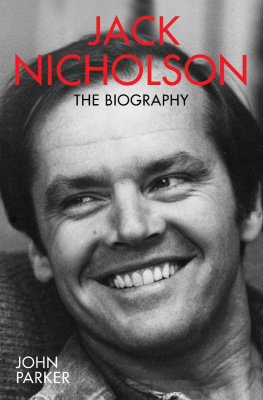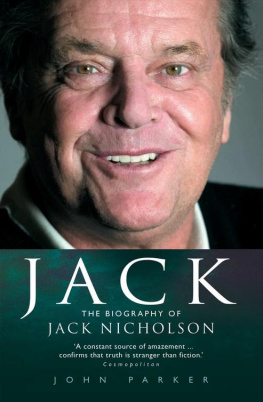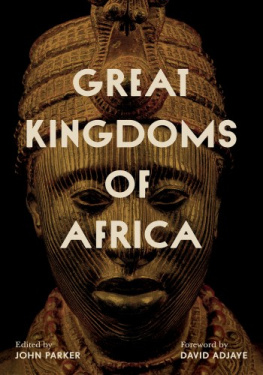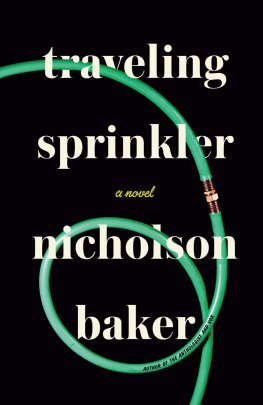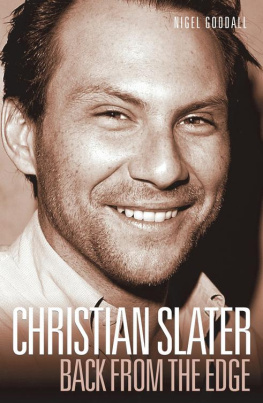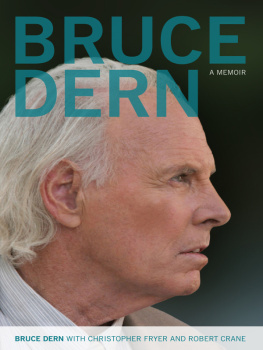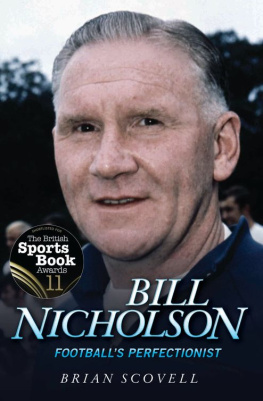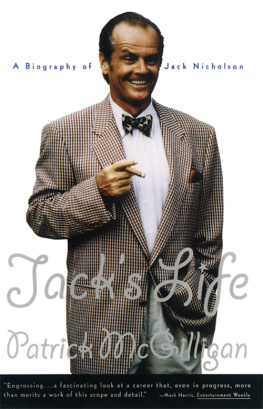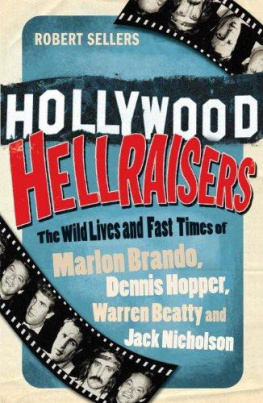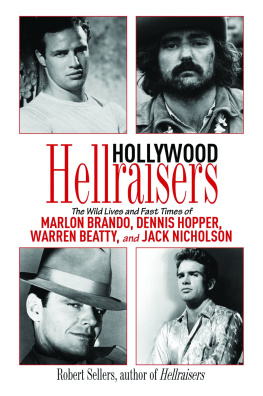T HE EYEBROWS GO up in an arch that would make a complete circle if they carried on down; those eyes, likened to a cobras by Candice Bergen, narrow to a slit. The gleaming white teeth flash the killer smile seen to best effect in the Heeeeeres Johnny scene from The Shining, and he shows his annoyance with some intimidating facial expression, backed up by an emphatic selection of adjectival punctuation. He is still capable of rages near to those on-screen moments when he can scare the living daylights out of a cinema audience, and has said that he has had counselling for his temper for more than thirty years although admittedly he made the revelation during an interview, and Nicholson says lots of things when theres a movie to plug.
This time, the anger subsides, as quickly as it flared up. His speech falls back into a relaxed drawl, eyebrows half-cocked this time, and a mischievous glint makes the instigator of this flash of temper wonder whether the actor really meant it in the first place. He did. Hes talked enough about sex, drugs and rocknroll. Thats it. Why talk about it any more?
Is this the onset of pipe and slippers? Not a chance. Approaching seventy as these words are being written, hes still going strong, dating girls less than half his age but he knows that the man they called The Wild One is in danger of becoming a clich: the oldest swinger in town. He has four children by three mothers, of whom he married only one.
Thats Jack Nicholson and its too late to change now. There was always a danger that the legend would become larger than the man, just as it certainly did with his close friend Warren Beatty, whose own long-standing reputation as The Great Lover was finally set aside when he married Annette Bening and sidled off into true fatherhood. As he headed for his three score and ten, Nicholson still showed no signs of renouncing his own elevated status in the field of sexual endeavour, which had helped keep the tabloids in business for more than three decades. He supposedly liked his secrets and was impressed by the way his mother had kept hers that he was not her son for years. He will happily talk about his films and what makes Jack the performer that he is, but rarely allows interviewers into his private territory other than with some carefully selected movie-plugging titbits. Others in his world, however, showed no such reticence and his private life has been continually laid bare, in every sense, by a string of kiss-and-tell dalliances that were seldom in the same class as Beattys. For both of them, however, this backdrop of sex and seduction was an essential ingredient of fame.
What developed early on was a kind of unofficial contest between himself and Warren Beatty; a contest that is all about women and making movies. Their conquests and their alleged insatiable quests to make it with the worlds most attractive women, or some alluring beauty either may have encountered in a bar or restaurant, have been an ongoing story. For Nicholson, success in this quarter is doubly gratifying, because it displayed his ability to attract women by means other than looks. Unlike Beatty, who always had the advantage of being the living image of the role-model Hollywood leading man with dark, mysterious eyes, classic features and a huge mop of hair, Nicholson is the unlikely romantic hero. But then, it was not his good looks that made him famous.
When stardom struck, he was already in his thirties, which makes his professional journey all the more incredible. From then on, his work became recognized as a continuum of rare and consistent quality. With Nicholson unsurpassed by many of his peers, it has been sufficient to command a lasting place in the history of Hollywood, and a personal fortune beyond his wildest dreams. By 2004, he had completed 61 movies, and a year earlier he received his twelfth Oscar nomination, thus taking from Laurence Olivier the title of the most nominated male actor in the history of the American Academy Awards. Of those, three were converted into winning status. He became, as his friend and director Mike Nichols once asserted, an actor who inscribed upon popular history a character who actually influenced the modern male personality just like Henry Fonda, James Cagney, Spencer Tracy and Humphrey Bogart before him and thus his story is worthy of a place alongside theirs.
M Y RESEARCH FOR this biography has been made especially rewarding by the cooperation I have received from a large number of people who have given of their time, and I would especially like to thank those personalities in Los Angeles, New York, London and elsewhere who provided me with invaluable recollections and showed me their kind hospitality in inviting me into their homes.
I received tremendous assistance from many others in Hollywood, and from the archive centres which kindly provided me with splendid help and access to their documentary files, as well as to their video and film library facilities. I wish to express my thanks to the staff at the Academy of Motion Picture Arts and Sciences, Los Angeles; the American Film Institute Library and Archive, Los Angeles; the Special Collections Department at the Doheny Library of the University of Southern California; and the Performing Arts Library at the Lincoln Center, New York and the Tasiemka Archive, London. Special thanks to Professor Ronald L. Davis and his staff at the Southern Methodist University of Dallas, Texas, for access to the vast selection of tape-recorded interviews from the Oral History Collection on the Performing Arts, which forms part of the universitys DeGolyer Institute for American Studies, and provides transcripts from conversations with leading show-business personalities, amounting to some 20,000 pages. Thanks also to the university for permission to use extracts.
John Parker
2007
CONTENTS
T HE SEARCH FOR the inspirational sources of Jack Nicholson the artist, and Jack Nicholson the man, takes us on a journey that in many ways is more diverse than some of his contemporaries, like Warren Beatty, Robert Redford and Dustin Hoffman, who were born in the same year 1937. At the same time, there is a singular thread of similarity running through all of his roles, be it to do with humour or, more likely, anger. No one can deny that he is more exciting, excitable and unconventional than the others. He came to stardom with a mix of old and new Hollywood rolled up into one unique package which is completely distinguishable, good or bad, as all his own. His range of roles crossed many more adventurous and challenging boundaries, from the Devil himself through to his famous portrayal of The Joker in Batman, and, in recent years, carrying that difference into the characters that come with age. Nicholson used to say that everything he does on screen is in some way autobiographical. To some extent that is still true and, when his colourful personal life is added into the equation, the line between reality and fiction becomes very blurred indeed, though that is nothing new among the elite in Hollywood history.
In Nicholsons case, however, it is more interesting and quite important to characterize the age in which he found fame the drug-infested, anti-establishment set of the Vietnam era as one of the advance guard leading the underground movements of the Sixties to the surface of American life in a cloud of head-spinning smoke, at a time when marijuana was the best cash crop in Southern California. He stole the show and became the epitome of the American anti-hero, the spit-in-your-eye champion of counterculture whose irreverence captivated and finally liberated his audiences from the time warp in which they had been trapped since Montgomery Clift, Marlon Brando and James Dean began it in a rather less volatile manner in the early Fifties.

